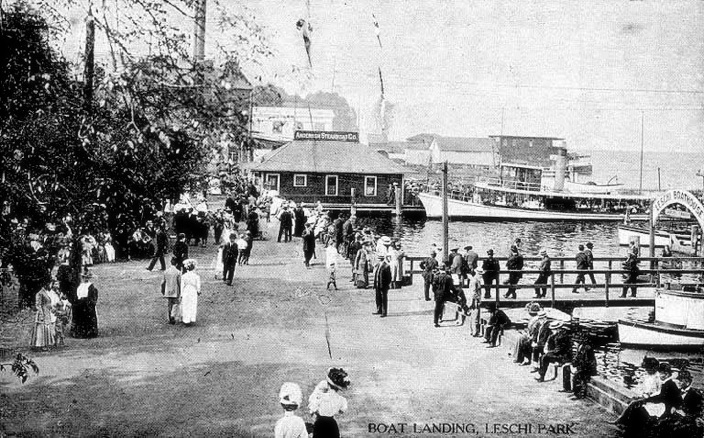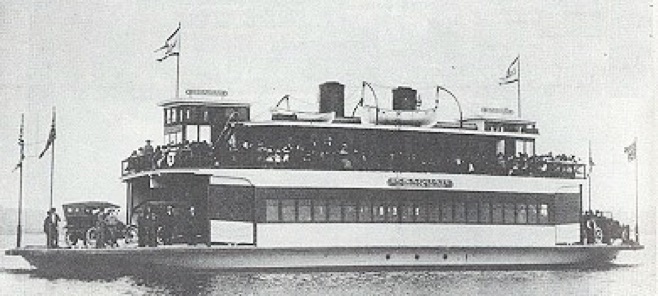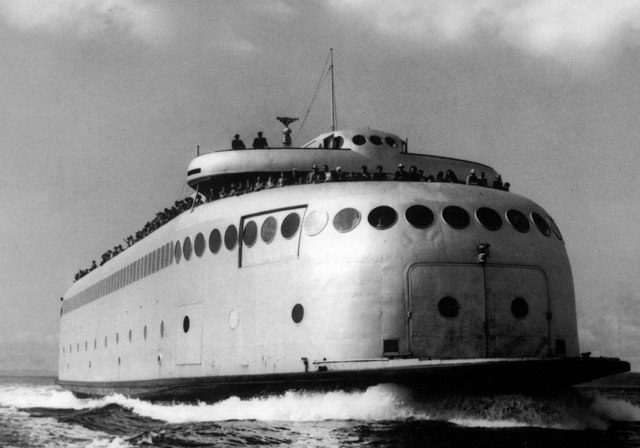Lake Washington
Shipyard

Lake Washington
Shipyard
Lake Washington Shipyard

When Bartch and Tompkins bought the site, they named it Anderson Shipyard after Captain John L. Anderson. Anderson who owned the Anderson Steamboat Company


In 1923 Anderson Shipyard was purchased by a man named Charles Burckardt and he renamed the site the Lake Washington Shipyard (Company) and used it as a freshwater tie-up for his salmon fleet.


And any Seattleite will recall the historic yet problematic ferry Kalakala which was built from a burnt hull of the ship Peralta in 1935 at the Houghton yard.


In 1936 lake Washington Shipyard Co. received a small government contract to build for the Army Corps of Engineers, the Robert Grey. A year later in 1937 the US Coast and Geodetic Survey awarded the contract for the Explorer an oceanographic survey ship. For info on the Explorer and its service during Pearl Harbor click here.
From 1940 to 1943 the US spending for defense increased, which meant more money for the shipyards. By Christmas, the standing orders at the yard included four anti-submarine net tenders, 1000 floatation tanks for anti-sub nets, seven artillery lighters and six seaplane tenders.
In 1939 about 300 men worked at the bustling shipyard; in 1943 however, nearly 9000 men and women worked there. The site itself tripled in size between 1939 and 1942. The Lake Washington Shipyard built 29 ships for the Navy and repaired close to 500 vessels during the war.
The ones built were:

Ash
Birch
Butternut
Absecon
Chincoteague
Coos Bay
Half Moon
Mobjack
Oyster Bay
Barataria
Bering Strait
Castle Rock
Cook Inlet
Corson
Duxbury Bay
Gardiners Bay
Floyds Bay
Greenwich Bay
Onslow
Orca
Rehoboth
San Carlos
Shelikof
Suisun
Timbalier
Valcour
Wachapreague
Willoughby
In 1945 Charles Burckardt put the shipyard up for sale. It was purchased by Alaska Terminal and Stevedoring, a subsidiary of the Skinner Corporation. The high flow of ships exiting the yard had slowed and the shipyard was primarily used as a fresh water tie-up for passenger liners and freighters of the Alaska Steamship Company.
The rapid growth associated with the war effort came at a cost. By the end of the war, many residents felt the loss of a sense of small town community and stability. In addition, serious environmental concerns surrounded the growth of the shipyards and the population. An inadequate septic system threatened water supplies and lake beaches, while an oil spill at the
shipyards in 1946 fouled the beaches and killed wildlife along the eastern shore of Lake Washington. The shipyards closed at the end of 1946 and, to avoid future industrialization of their waterfront, Houghton moved to incorporate in 1947 and zoned the waterfront for residential uses.
By 1950, the Lake Washington Shipyards were completely idle,
As the eastern shore of the lake evolved into a residential area, shipyards and other industrial facilities closed, including Lake Washington Shipyards. Today, the shipyard site is home to a major development called Carillon Point. But visitors enjoy shore access and numerous information signs and markers that recall the heyday of shipbuilding on Lake Washington.





-Home
Block photo courtesy Rita Belter
Vintage photos courtesy UW Archives